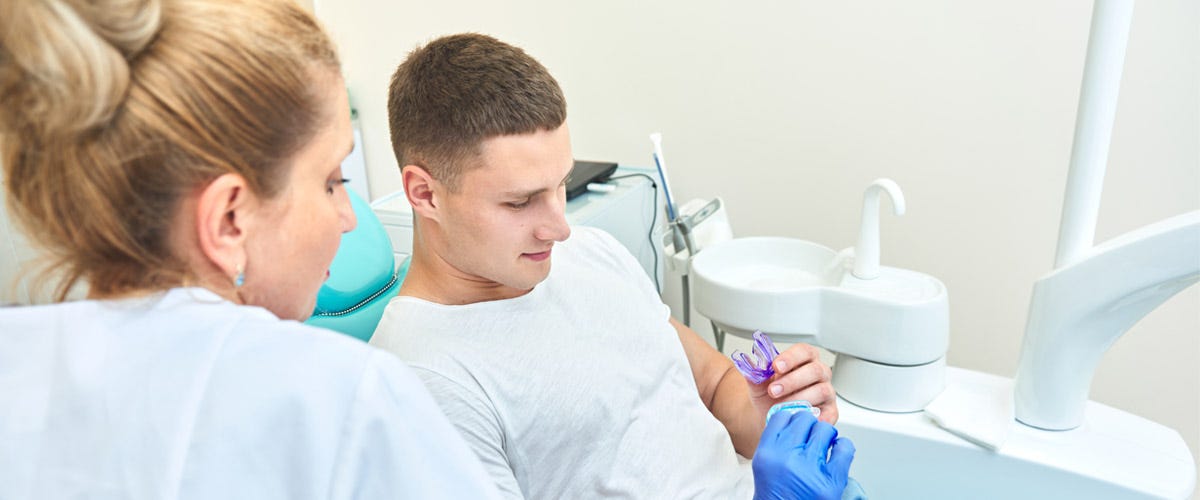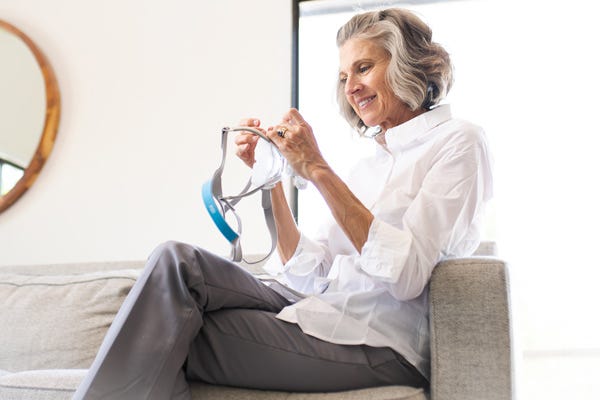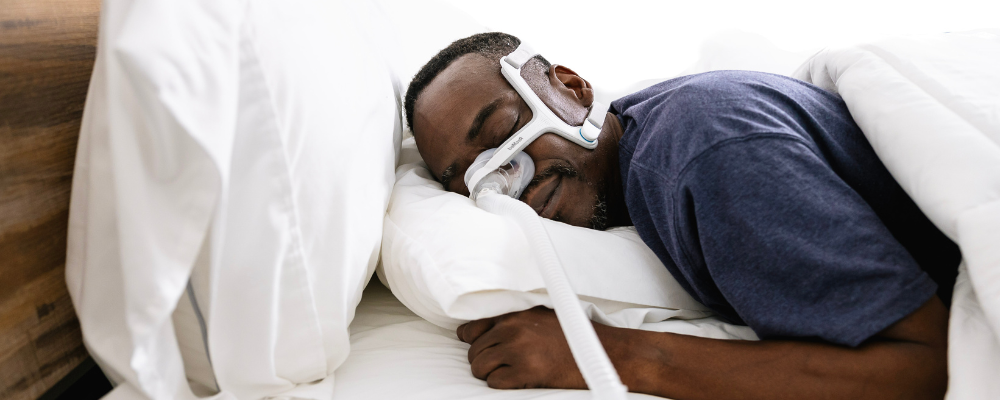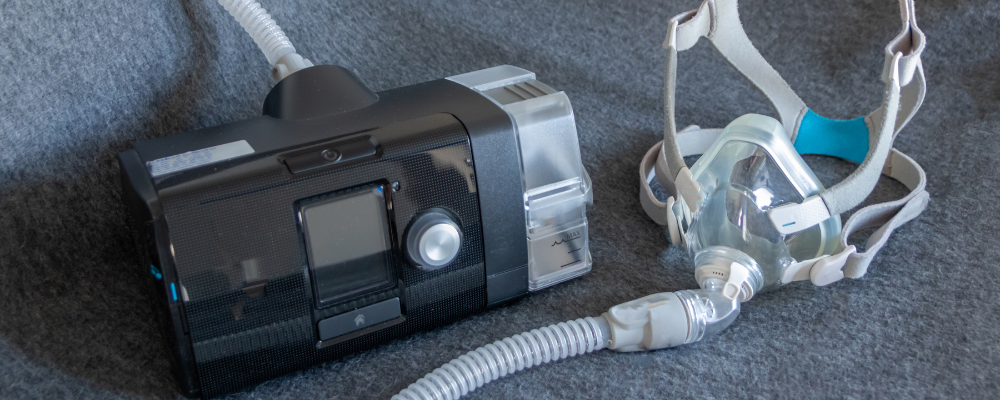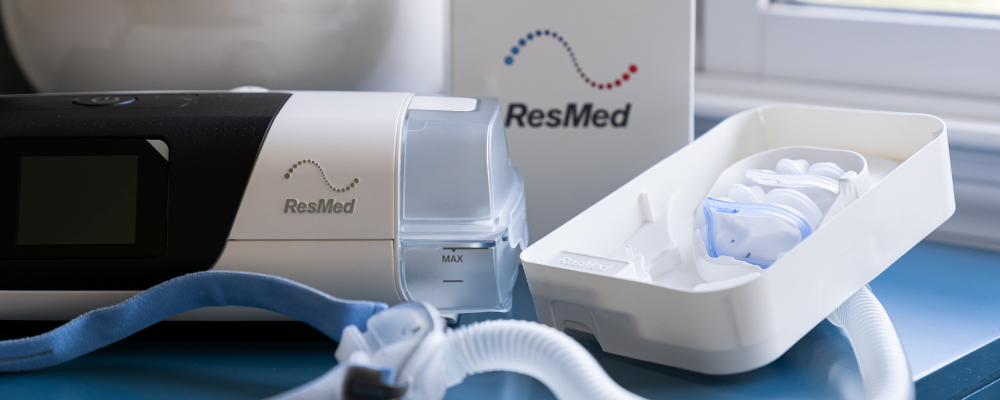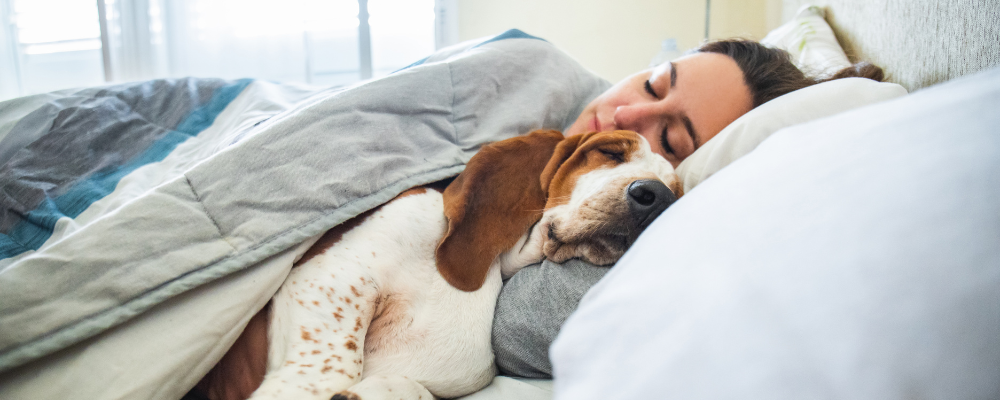Maybe you’re tired of your CPAP mask. Maybe you’re having trouble adjusting to the continuous positive airway pressure. Maybe you just don’t like the idea of being tethered to a CPAP machine for the rest of your life.
If you’ve been diagnosed with Obstructive Sleep Apnea (OSA), you’ve already heard that CPAP therapy is the gold-standard treatment. That’s definitely true, but at the end of the day the most effective treatment is the one you’ll actually use!
But can you treat sleep apnea without CPAP? Yes! Read on as we explore CPAP alternatives, from weight loss to oral appliances, and even surgery.
Oral Appliance Therapy
One of the most common alternative treatment options for OSA, oral appliance therapy (OAT), uses only a simple mouthpiece to significantly reduce the frequency and severity of apnea events!
These mouthpieces may look similar to a sports mouthguard or an orthodontic retainer, but they are actually custom-made dental appliances.
The most widely used appliance for sleep apnea is the Mandibular Advancement Device, or MAD. These work by gently easing the lower jaw forward, which stops your tongue and soft palate from blocking your upper airway while you sleep.
Some MADs– like the O2Vent Optima by Oventus– feature a built-in channel that directs your airflow straight to the back of the throat, bypassing areas that commonly cause breathing problems. This has the added benefit of being easier to use for people who have difficulty breathing through the nose because of conditions like chronic allergies or deviated septum.
To avoid the possibility of long-term dental problems, oral appliance therapy should always be discussed with a dentist, as well as your healthcare provider.
Positional Therapy
It may surprise you to hear that treating sleep apnea could be as simple as changing your sleep position.
Yet more than half of OSA patients may suffer from positional sleep apnea! OSA is considered positional when most of your apnea events– the moments when you stop breathing– are caused by your sleep position.
When you lay on your back it changes the shape of your airway and allows gravity to pull on your soft tissues. This worsens the severity and frequency of sleep apnea symptoms.
Positional therapy encourages you to sleep on your side, which may be enough for some to return to restful sleep. In fact, clinical studies have shown significant reduction in AHI, the measure of sleep apnea severity.
Positional therapy can be as simple as putting a tennis ball under your shirt at the small of your back. The ball prevents you from unintentionally turning onto your back. Commercial devices improve on this method by using a comfortable pad and a strap that keeps it positioned against your body.
A more advanced kind of positional sleep apnea treatment uses vibration feedback. A small device, like the palm-sized Philips Nightbalance, senses when you’re on your back and gives a gentle vibration. The vibration is enough to make you shift back to your side, but not enough to wake you.
Weight Loss for Sleep Apnea
Excess weight and obesity are some of the biggest risk factors for sleep apnea. In fact, OSA is seven times more common in people who are obese. That’s because the extra tissue can narrow the airways, put extra strain on airway muscles, and reduce lung capacity.
Worse, people who suffer from sleep disorders like OSA may be more susceptible to weight gain. When you don’t get enough sleep, your body isn’t able to properly regulate the hormones that suppress or stimulate your appetite. This can lead to a dangerous feedback loop.
The good news? Losing just 10% of your body weight may reduce the severity of sleep apnea symptoms by up to 30%!
For those with moderate to severe sleep apnea, weight loss likely won’t be enough to completely kick your CPAP, but it can significantly reduce symptoms like daytime sleepiness, high blood pressure, and risk of heart attack. It may also reduce the severity enough to make you a candidate for an alternative treatment.
Surgery for Sleep Apnea
Your doctor or sleep specialist will probably recommend trying several less invasive treatments before even discussing surgery. However, if you’re unable to tolerate a CPAP device, and alternative forms of sleep medicine have failed, you may wish to discuss the possibility of surgery with your healthcare provider.
You’re likely to hear about these procedures:
Uvulopalatopharyngoplasty
This confusingly-named procedure is also called UPPP or UP3, and is the most common surgery for obstructive sleep apnea. It involves removing tissue from the back of your throat in order to widen the airway.
Genioglossus Advancement
This treatment involves cutting and repositioning your lower jaw in order to keep your tongue muscles from blocking your airway.
Maxillomandibular Advancement
In some OSA patients, shortened jawbones can contribute to airway blockage. These people may find relief from a surgery that lengthens the upper jaw (maxilla) and lower jaw (mandible) to open the airway.
Hypoglossal Nerve Stimulation
With HGNS a small device is implanted into the body during outpatient surgery. If the device senses that you’ve stopped breathing, it delivers a mild electrical pulse to stimulate the nerve that controls your tongue muscles. This restores tone to the muscles, keeping them out of your airway.
While there are now a few different HGNS devices available, these devices are often referred to as “Inspire” after the first FDA-approved implant.
Tonsillectomy/Adenoidectomy
Sometimes the tonsils and adenoids can become enlarged enough to block your upper airways and contribute to sleep apnea. When this happens, it’s often recommended that they are removed. These surgeries tend to be more common in children who suffer from OSA, rather than adults.
Bonus: APAP or BiPAP
We promised to keep this list mask-free, but it wouldn’t be complete if we didn’t mention APAP and BiPAP machines.
If your difficulty with CPAP therapy is in adjusting to the airflow, these alternate machines may be just what you need to get a good night’s sleep!
Like CPAP machines, APAPs and BiPAPs deliver pressurized air through a face mask, but with an important difference. While the airflow from a CPAP is one constant pressure, APAPs and BiPAPs can vary the pressure for more natural and comfortable breathing.
BiPAPs offer two different pressure settings. The higher pressure gives the support you need while inhaling, while the lower pressure makes it easier to exhale.
APAPs, or AutoPAPs, adjust themselves automatically within a range of pressure settings. These advanced machines can sense your breathing and adjust your airflow accordingly. This way your pressure is only ever as high as you actually need.
Your Aeroflow Sleep Specialist can work with your doctor and your insurance provider to determine if you are a candidate for APAP or BiPAP therapy!
CPAP Alternatives Through Insurance
If CPAP therapy doesn’t work for you, you’re not out of luck! From lifestyle changes to alternative devices you can treat sleep apnea without the mask.
But the best news of all? If you’ve had difficulty adjusting to CPAP, your insurance will likely cover a CPAP alternative! Your personal Sleep Specialist can work with your provider to find out what you’re qualified for.
Talk to your doctor about which treatment options are right for you. Then talk to Aeroflow Sleep to find the best CPAP alternative!

